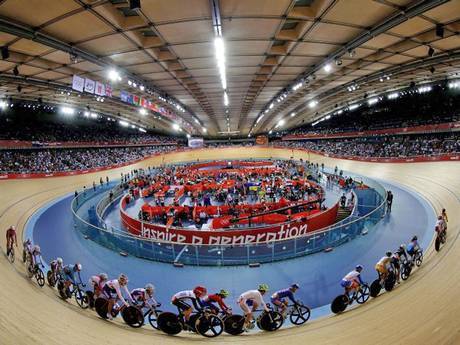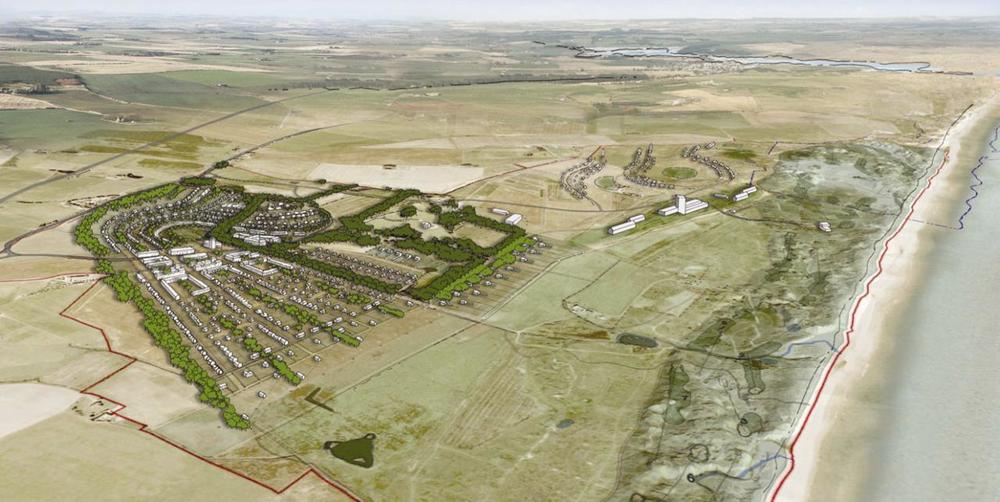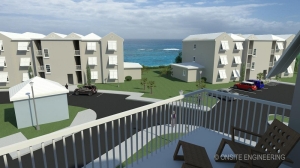olympic architecture - the legacy
/A big question for any Olympic host city: How many of these (expensive) venues will we be stuck with that are either under- or unused in the future? That same question applies to London 2012 and, at first glance, it seems the answer is: not many. And that's the right answer. Most venues were planned to be adapted for reuse and will be. Others are temporary and after the Paralympics will be removed.
In this informative article in The Independent "What's next for the London 2012 Olympic venues?" Jonathan Brown outlines the options.
For instance, the gold rush Team GB experienced in cycling means that, for sure, venues such as the Velodrome will continue to be used. Indeed, along with BMX and mountain and road cycling facilities, it will form part of the Lee Valley VeloPark.
 velodrome, image: the independent
velodrome, image: the independent
The Aquatics Centre will continue use as a pool complex serving the community and schools, as well as elite athletes. Its capacity will be reduced (which may or may not solve the 'restricted view' problem encountered during the 10 Meter platform diving competition).
The basketball arena, comprising 1,000 tonnes of steel and 20,000 square metres of recyclable plastic, was always intended to be temporary, so it will simply be dismantled. There was muttering about it being sent to Rio for reuse in 2016 but that won't happen.
The Olympic Stadium, the iconic building in Olympic Park, does not yet have a permanent tenant, or an operator for that matter. There was much back and forth between West Ham United, Tottenham Hotspur and Leyton Orient for a period but others, including Formula 1, are jumping into the bidding now. Resolving that issue will go a long way to ensuring the legacy of the Olympics is truly sustainable.
The bigger question, though, is "What will happen to Olympic Park?" Built on a vast wasteland in Stratford, east London, the vision calls for it to become a complete new community with jobs and housing to go along with the venues such as the Aquatics Centre, Velodrome and Stadium that will remain. Planning permission for 11,000 new homes already exists and creating jobs to go along with the housing will be paramount.
That is the true legacy of London 2012: a new community with a variety of housing, employment opportunities and recreational facilities. It's a good plan.



